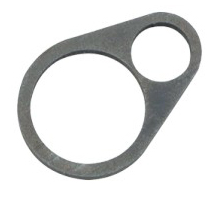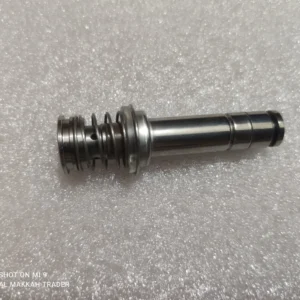Description
The B156686 Step Motor is a high-quality component specifically designed for Picanol looms. This motor plays a critical role in the precise control and movement of the loom’s weaving operations. Engineered for durability and reliability, it ensures consistent performance under the demanding conditions of textile manufacturing. Whether you’re looking to replace a worn-out motor or upgrade your loom’s efficiency, the B156686 Step Motor offers an excellent solution, compatible with various Picanol models. Optimize your production process with this essential spare part.
What are the specifications of the B156686 step motor?
Specifications of the B156686 Step Motor:
While specific details about the B156686 Step Motor may require direct access to manufacturer documentation or technical datasheets, typical specifications for step motors in textile machinery include:
- Voltage: Often operates within a range of 24V to 48V DC.
- Current: Depending on the motor, the current may range from 1A to 5A per phase.
- Step Angle: Usually around 1.8° per step, providing 200 steps per revolution.
- Holding Torque: This could range from 0.5 Nm to 2.5 Nm, depending on the motor’s size.
- Shaft Diameter: Typically around 5mm to 8mm.
- Mounting Type: Standard flange mounting.
- Wiring Configuration: Bipolar or unipolar wiring options.
- Operating Temperature: Often between -20°C to 50°C.






Reviews
There are no reviews yet.